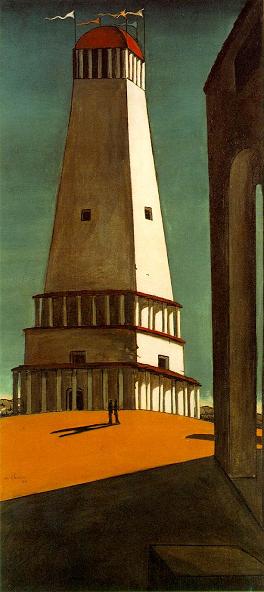Book

The
first
version
of
The ternary Goldbach problem was accepted for
publication in 2015, with major revisions being optional.
I decided to
-
undertake the "serious rewrite" recommended
by one of the referees,
-
ask for at least one more
round of thorough peer-review. The manuscript is now divided
into parts, each of which is at a different stage of the process.
The version below dates to December 16, 2019. I am making
available only the parts I feel are essentially ready.
Feedback is very welcome.
Update (July 7, 2024): Sorry for not posting updates during
the pandemic. In part, I was busy with other things,
mathematical and otherwise - and I was also working
quietly on the book project. I do not feel quite ready
to share the newer versions. (Incidentally, big thanks to Farzad Aryan and Priyamvad Srivastav for their help in checking things.)
In lieu of new chapters
(temporarily),
here is a Sagemath worksheet I created for a
workshop in Uganda. The style is a little more informal than what
I would feel comfortable setting in print - and I also
assume less background than I do in the book. All the same,
I hope
the worksheet will be found to be both useful and somewhat
indicative on how my perspective has evolved and how the
book is likely to change.
There are large parts of the proof not touched upon by the worksheet
(most notably, type II sums). I can create a fuller version of the worksheet
if there is interest.
Feedback is still welcome!
Front matter
Title page, frontispice, etc.
Table of contents
Preface
Leitfaden
Acknowledgements
Introduction
Groundwork
Available in full, including: Notation and preliminaries Series and summation Computational matters Basic sums of arithmetical functions.
An earlier version was already refereed; some material
has been added since then.
Sieves large and small
Available in full, including: Sums used in sieve theory A natural upper-bound sieve The large sieve: smoothing and scattering The L2 norm and the large sieve.
Refereed.
I may later see
whether a somewhat more
complex-analytic explicit approach to
parts of Chapters 6 or 7 is feasible
and shortens the treatment. (A fully complex-analytic explicit treatment would most
likely not be advantageous or even currently feasible.)
There has been progress elsewhere
on matters close to Chapter 7, due to (a) S. Zũñiga, (b)
a research group meeting in Oaxaca. It has been shown by (b) that
the sieve in Chapter 7 is optimal and in fact the only optimal one within
the class of continuous sieves, even -
and this is what is new -
when the second-order term is considered.
Minor arcs
Introduction
Type I sums Type II sums: using small and large sieves Minor-arc totals.
Major arcs
Available in full,
including: Major arcs: overview and results;
The Mellin transform of the twisted Gaussian; Explicit formulas.
Refereed. Thanks are due to N. Temme for additional remarks since then.
The integral over the circle
includes: The integral over the major arcs; Optimizing smoothing functions; The integral over the minor arcs; Conclusion.
Appendices
Appendix A: Norms of smoothing functions
Appendix B: Sums involving log p and φ
Bibliography and index
Bibliography
Index
Code
Small computations and bookkeeping are taken care of by
SageMath code embedded within the LaTeX source
file. These source files should eventually be put on arxiv, and are currently available upon request.
Larger computations were coded in C, or, in a few cases, in SageMath/Python.
Here is a tar file with the source code. I will not be maintaining it in any
formal sense - indeed, I think it will be better if people who are interested
write their own code, following the discussions and/or pseudocode in the book.
I certainly do not intend
the code here to serve as any sort of model, or for it to be ready for any
sort of official release. I make no claims for it save that it should give
correct outputs for the inputs given in the documentation.
Suggestions and bug reports are welcome.
 The
first
version
of The ternary Goldbach problem was accepted for
publication in 2015, with major revisions being optional.
I decided to
The
first
version
of The ternary Goldbach problem was accepted for
publication in 2015, with major revisions being optional.
I decided to